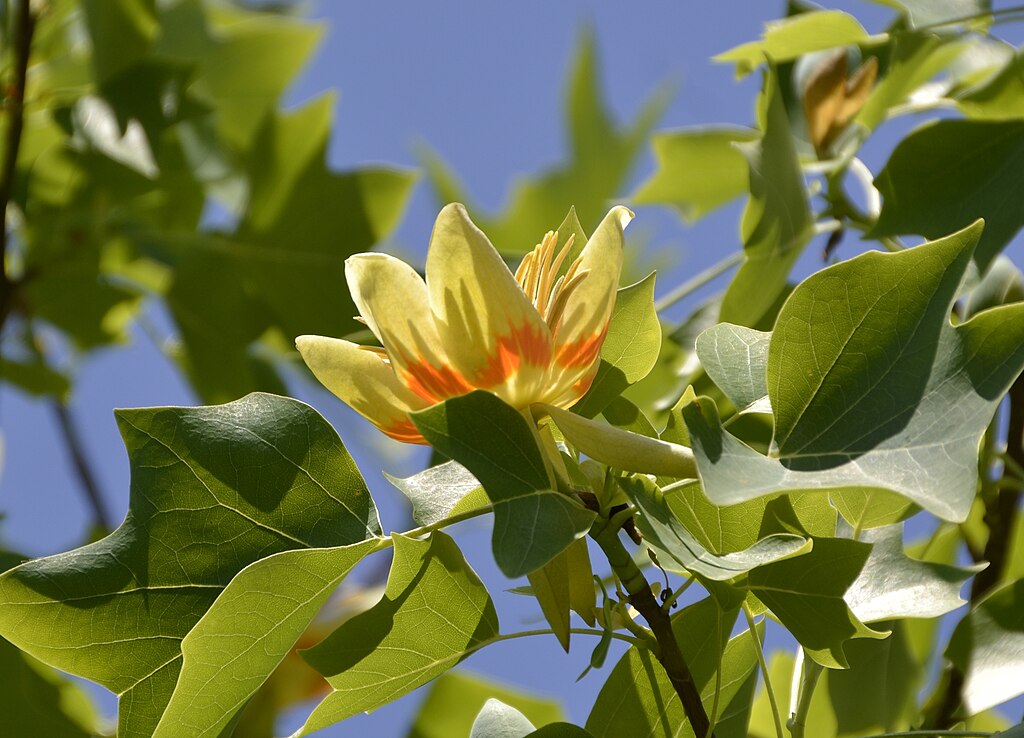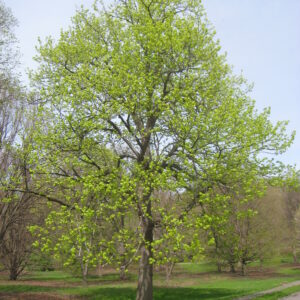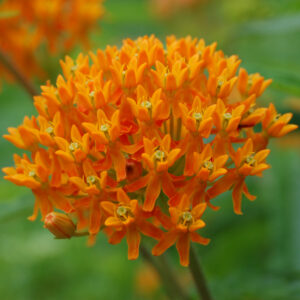
Tulip Tree (Liriodendron tulipifera)
3 for $15
Liriodendron tulipifera. Also known as tulip poplar or yellow poplar.
One of the largest native trees growing over 100 feet tall. Distictive 4 lobed leaves are waxy. Large tulip-like flowers are 2 inches tall, yellow, green and orange. Blooms May- June after leaves fill out. Leaves turn yellow in autumn.
Sun, partial shade, shade moist rich soils. This large tree needs lots of space to grow fully. It can also be pruned every 2-3 years to keep it shrub sized. Nesting tree for birds. Nectar attracts hummingbirds, bees, butterflies, birds, including cedar waxwings. Flowers, seeds, buds eaten by squirrel and deer. Special value to honeybees. Larval host for Tuliptree Silkmoth and Eastern Tiger Swallowtail. Native to low rich woodlands, stream banks in most of Eastern US. Intolerant of salt, compaction, drought and wetness.
18-24″ bare root seedlings
Photo Credit: High Contrast, CC BY 3.0 DE via Wikimedia Commons
Out of stock



